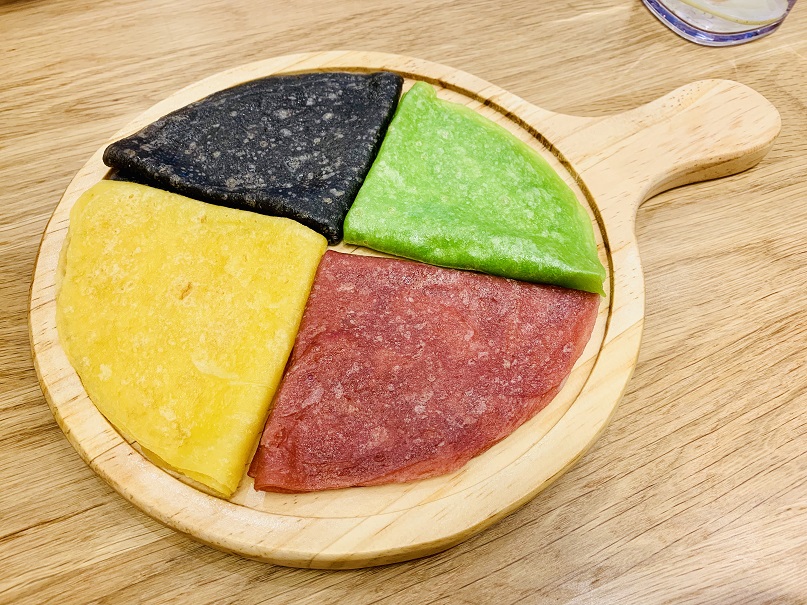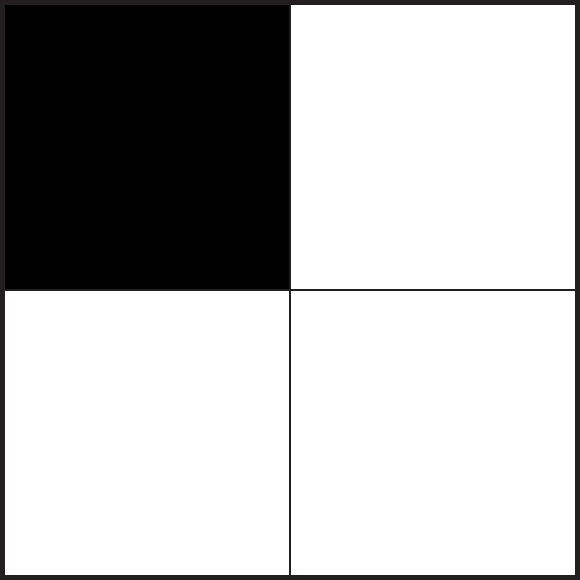Introduction

Welcome to our mathematics class!
Mathematics is all around us and can be noticed in our lives every day. Carpenters, game designers, electricians, and engineers use it in their careers.
Math encompasses many ideas and topics that will be explored in this course.
Notebook
Throughout this course, you will use a notebook to keep track of what you're learning. This could be a physical paper notebook, or a digital file.
Use your notebook to respond to prompts like this one, and refer back to it when preparing for assignments, quizzes, and your final test.
Begin by making a list of the first five to seven mathematical ideas or topics that you can recall from the mathematics you have studied before. Choose one or two that invoked curiosity, frustration, or joy.
Write a paragraph sharing your memories of that moment of strong emotion when learning or doing mathematics.
The following prompts might help:
- What was it about the topics that made you feel curiosity, frustration or joy?
- Describe the activity you were doing that caused those feelings.
- Were you learning as an individual or in a group? How did learning this way affect your feelings when you were engaged in this topic of mathematics?

As you navigate through this course, you may wish to access resources that can help to enhance your learning.
One of the additional supports that you have in this course to help you with a more personalized math learning experience is Mathify. Mathify is your online personal math mentor. Mathify connects you with an Ontario certified math teacher online, to help you better understand how to solve math problems. It’s all done on a shared whiteboard where you communicate with your tutor via texting and/or audio chat. You can open a whiteboard at any time and use it as a workspace. Then, you can invite the tutor of your choice to your whiteboard when you need help or would like confirmation that you are on the right track.
If you are new to Mathify, take the time right now to get registered and explore this service and the hours that tutors are available. You will require an Ontario Education Number (OEN) and e-mail address.
Note: Mathify is for learners in Ontario.
Finding a quarter
To “quarter” something means to partition or divide it into four equal pieces. A “quarter” means one-fourth of a whole.

Try it!
Access the following printable document Finding a quarter to complete the activity. Use the document as you work through the following questions.
-
Can you shade in exactly of the following square? How do you know you are right?
2. Does your square appear similar to the following?
The following image is of of the square shaded in.

Suggested answers like this one are present throughout the course. A suggested answer is just that - a suggestion. If you came up with a different answer, compare it carefully and thoughtfully to the suggested answer. How different is it? Does it still show all of the expected knowledge? If so, you're succeeding and can proceed. If it's still different, take a moment to think about the problem again. What other information can you gather?
3. Can you challenge yourself to shade in of the square again, but try to do a shading that no one else would think of?
Student responsibilities
Course completion
Throughout this course you will be asked to demonstrate your learning in several ways, including but not limited to the following:
- solving problems in graded assignments
- completing a final test at the end of the course
Notebook
Access the following printable document Quarter the t-shape to complete the activity.
Shade the t-shape so that exactly 1/4 of the shape is shaded in. Try to be as creative as possible. Try to create a design that nobody else would think of.
Source:
Dekker, T. & Querelle, N. (2002). Great Assessment Problems. Utrecht, The Netherlands: Freudenthal Institute.
Connecting to transferable skills
Recently, Ontario worked with other provinces in Canada to outline a set of competencies that are requirements to thrive. Ontario then developed its transferable skills framework as a set of skills for students to develop over time. These competencies are ones that are important to have in order to be successful in today’s world.
Read through the framework and the student look-fors (Opens in new window). Copy this document into your notes - you'll refer to it in each unit.
Note the indicators that you think you will develop in this course. At the end of the course you will reflect on your development of these skills.
As you continue through this unit and the rest of the course, keep your notebook updated and be mindful of opportunities to apply and develop transferable skills.
Culminating assignment
At the end of this course, you will complete and submit a culminating assignment that includes tasks from various units. Keep the culminating assignment in mind as you progress through the course. Take a moment to review the culminating activity description(Opens in new window) now, and while you do not have to complete any of the tasks now, you should think about them.




